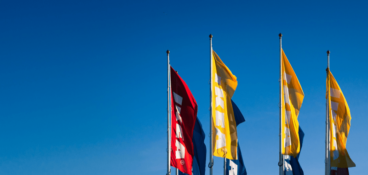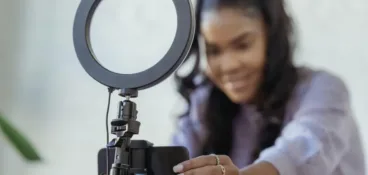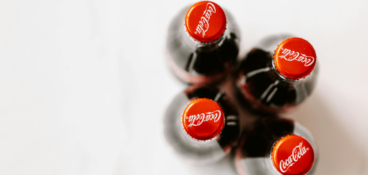Statista predicts the beauty industry will exceed $101 billion in revenue by 2027. But how can your business win a share of the market?
Evolving regulatory standards, sustainability concerns, and stringent product quality checks make it challenging to stay competitive. Not to mention rapidly shifting trends and changes in consumer behavior.
Staying on top of the latest beauty marketing trends is the best way to keep your competitive edge.
That’s how the top five personal care companies (Unilever, Estée Lauder, P&G, Shiseido, and L’Oréal) maintain their lead. And considering L’Oréal boasts over $40 billion in revenue, it’s not a bad example to follow.
Keep reading if you’re a beauty brand, creative agency, or cosmetics fan looking for the next big trend to change the sector. Here are six beauty marketing trends I’m banking on in 2024.
Supercharge your marketing reviews
Share, review, and approve all your content in one place with Filestage.
1. Beaut-AI – robots have entered the chat
I love a bit of wordplay, which is probably why the term “Beaut-AI” caught my eye in Mintel’s 2024 Global Beauty and Personal Care Trends.
Yep, you’ve guessed it. AI-driven, personalized experiences are one of the biggest beauty marketing trends for 2024. We’re already seeing skin analysis algorithms, custom skincare routines, and high consumer demand for individualized beauty products. But things are set to get even more space age this year.
Artificial intelligence is the key to personalized shopping experiences. And that’s what today’s consumers want, according to McKinsey research.
The study shows that 71% of consumers expect personalized shopping experiences. The pay-off is pretty good, too. 80% are more likely to become repeat shoppers (and recommend your brand) if you offer a personalized experience.
What does that look like for the beauty industry?
Well, 58% of consumers say they’re more likely to buy from a beauty brand that uses online quizzes to provide personalized product recommendations. 45% of those shoppers are also more likely to buy from your business if you provide AI or VR experiences that let them try your products online.
Interestingly, the Mintel beauty report reveals that 28% of US consumers want to try hyper-personalized products like skincare formulas developed using biometric data. And exciting things are already happening in the beauty industry.
For example, 10 Beauty’s manicurist robot or Japanese beauty brand Kate Zone’s immersive virtual makeup experiences. In most cases, we’ll see more subtle nods to AI, like Renude’s personalized skincare quiz.
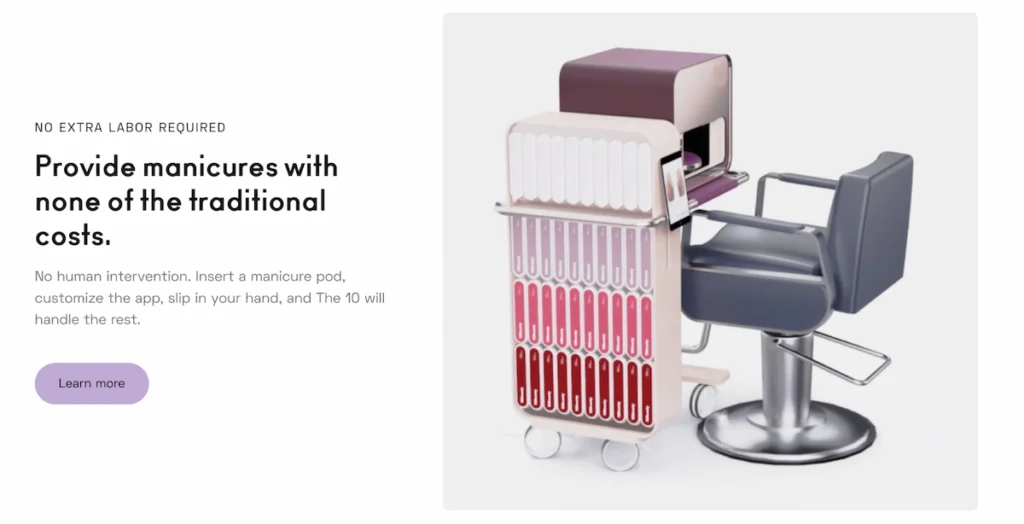
Experts predict the AI beauty and cosmetics industry will surpass $13 billion by 2030. So, now’s the time to get on board.
AI marketing tools will play a big role in helping you segment your audience and offer personalized experiences.
2. Gen A-targeted beauty products and marketing
Let’s play a game. Guess which generation spends the most on beauty products?
If you guessed Millennials, then you win. On average, Millennials spend $2,670 on beauty products each year, followed by Gen Z ($2,048) and Gen X ($1,517).
But before you go targeting all your marketing efforts at Millennials, you may want to keep reading. You see, there’s a new generation in town (read: on TikTok), and they’re making waves.
That’s right; Generation Alpha is already impacting beauty marketing trends thanks to preteen influencers like North West Kardashian and her cousin Penelope Disick.

And while Gen A may not hold much purchasing power just yet, they’re setting viral trends on BeautyTok. In fact, #generationalpha already has over 50 million views.
What does this mean for beauty marketing efforts in 2024?
Beauty brands are already scrambling to win this teen audience and give them space to learn and experiment with cosmetics products and skincare.
In an interview with Harper’s Bazaar UK, the co-founders of the teen beauty brand Indu had this to say:
“The culture of today has created a generation of young beauty shoppers and ‘content-worthy’ product seekers, which brands are now tapping into.”
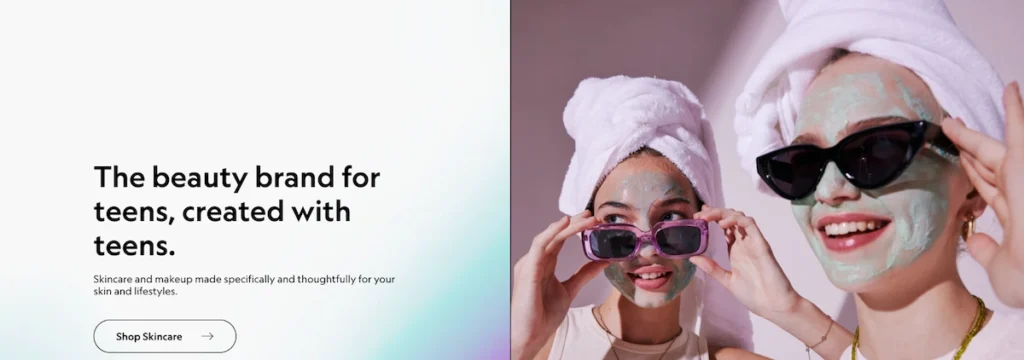
Indu isn’t the only beauty brand formulating products for a preteen audience. Bubble Skincare, BTWN, and Tubby Todd are also targeting Gen A by tapping into their wants and needs with their marketing and products.
Can someone please pass this Millennial the anti-wrinkle cream?
3. Neuroglow – mind-body beauty trends
Research is increasingly revealing the connection between our mental health and skin conditions like acne or eczema.
Enter psychodermatology. As the name suggests, it examines the link between our psychological wellbeing and overall skin health. And it’s gaining serious traction in 2024.
As a result, “Neuroglow” has been named one of this year’s most influential beauty marketing trends. Somewhere between beauty and self-care, it taps into that deep connection between our brain and skin.
That means we’re seeing a more holistic approach to our skincare routines. ✨
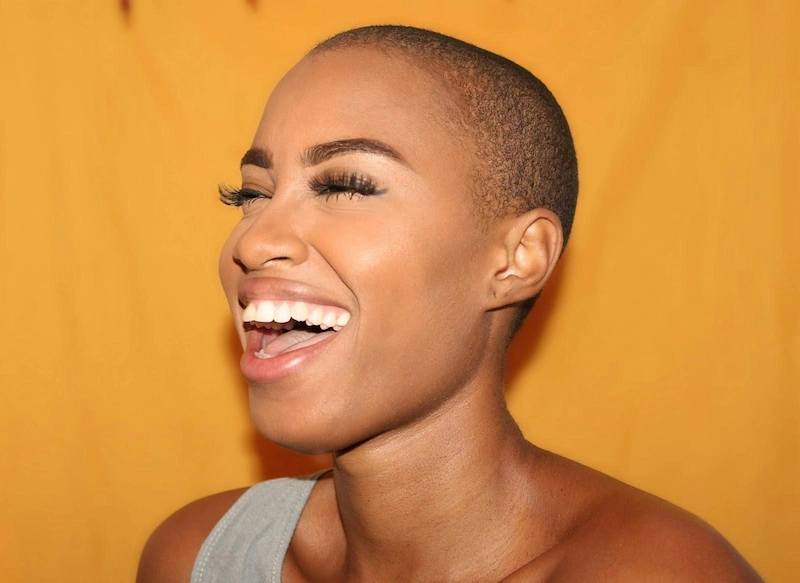
In a recent Q&A with the British Skin Foundation, Clinical Psychologist Dr Eleanor Chatburn had this to say:
“It’s about taking a multi-disciplinary perspective. As with any chronic medical condition, a skin condition affects all aspects of your well-being: your emotional state, your psychological state, your social life, your work life, and your school life. It’s really across the board.”
With the neuroglow beauty marketing trend, we can expect to see a more multi-disciplinary approach to skincare and beauty products. That involves psychologists and mental health practitioners working closely with dermatologists.
But this may be a nod to an even bigger beauty trend. We’ve seen a significant rise in spiritual and esoteric practices like crystal healing, astrology, and clairvoyance in recent years.
And this is seeping into our beauty and wellness routines. Take Argentum Apothecary.
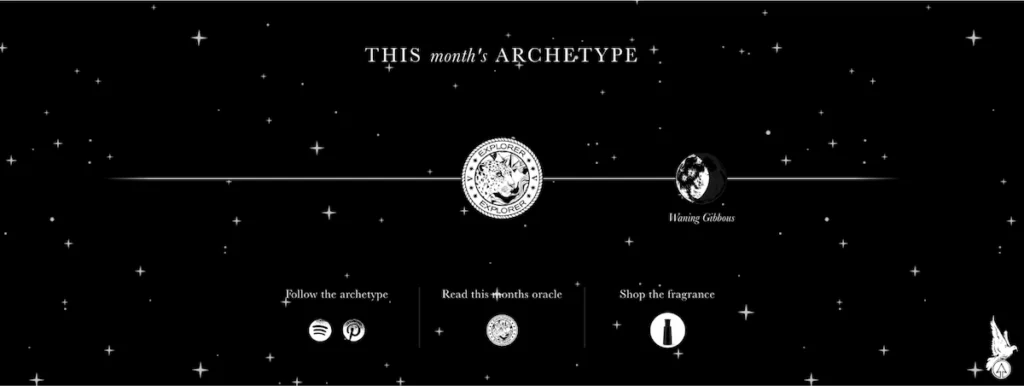
The brand offers tarot-inspired fragrance readings that tap into the different archetypes that exist within us all (according to the tarot). The idea is that the fragrance chooses the person, empowering consumers to reframe their ideas about certain scents and preferences.
Is it escapism?
Is it a step back to our ancient roots?
All I know is that spirituality is in the room with us in 2024.
4. Clean beauty 2.0
Clean beauty isn’t exactly a new trend, but it sure is exploding in 2024. So why are we suddenly so obsessed with clean cosmetics?
According to the Environmental Working Group, the average person uses nine personal care products on their skin every day. That’s around 126 different ingredients. And for a quarter of women, this number rises to 15 products daily.
Unsurprisingly, many consumers want to know the impact of these ingredients on both their health and the planet. Thanks to this shift, 68% of consumers now seek “clean” products and 59% want “natural and organic” ingredients.
Naturally, this means plant-powered beauty formulas and a renewed interest in botany.
In 2024, the clean beauty marketing trend has evolved to focus on natural ingredients you can find in your own backyard. Sothis Pure Beauty is a great example. Its “beauty alchemist approach” using earth-made ingredients perfectly reflects the clean beauty 2.0 trend.
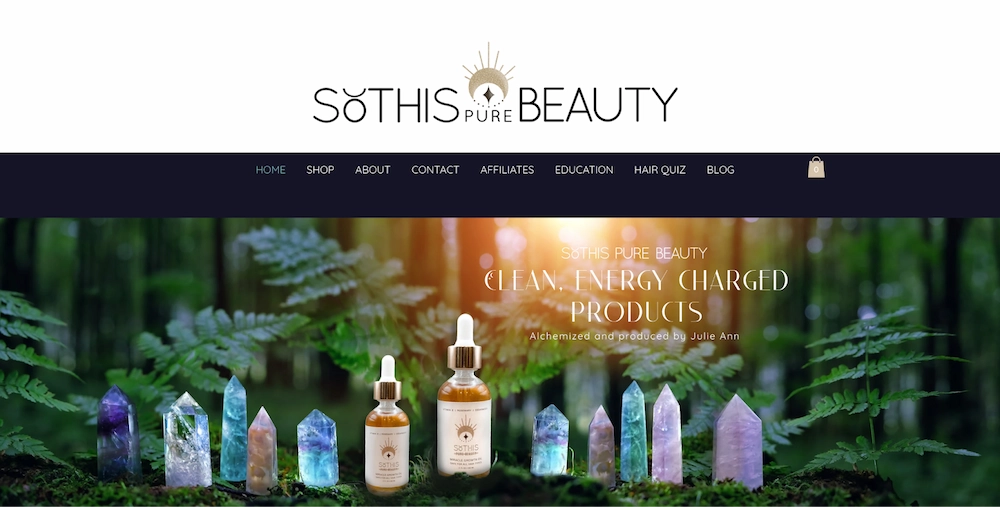
In a recent interview with Harper’s Bazaar UK, the head of beauty trends at Stylus, Lisa Payne, had this to say:
“A growing interest in herbalism and botany will supercharge brand and shopper conversations about powerhouse plant ingredients as an update on the ‘clean beauty’ trend.”
As one of the biggest beauty marketing trends this year, we can expect to see more garden weeds, herbs, and natural alternatives in cosmetics formulas.
5. Ocean-inspired beauty trends
BeautyTok has spoken: blue is in.
Blue is officially one of the biggest beauty marketing trends this year. Interestingly, it may represent more of a movement than a passing trend.
Jeannie Jarnot, the CEO of Beauty Heroes®, first coined the term “Blue Beauty” in 2018. It focuses on the impact beauty and sun-care products have on our waters and pushes for sustainably sourced and ocean-safe ingredients.
Considering 83% of the public is concerned about issues impacting our oceans, “Blue Beauty” looks like it’s here to stay.
So how does this impact the beauty industry?
We can expect to see a bigger effort to stop ocean-bound plastic from reaching our waters, an increase in reef-friendly formulas, and more waterless products hitting the shelves. Sustainable packaging will also gain popularity in the beauty world.
The ocean is inspiring makeup looks, too. Wet-look finishes, marine-inspired packaging, blue and green color palettes, and mermaid makeup are all big trends for 2024. Need inspiration? Just ask TikTok.
6. Quiet Beauty brands
Do you remember 2023’s huge “Quiet Luxury” trend? Well, let me introduce you to its cousin, the beauty marketing trend called: “Quiet Beauty”.
Quiet Luxury was all about sophisticated, timeless clothing pieces that are worth the investment (the opposite of fast fashion). The trend has evolved into the beauty industry, championing high-quality skincare and cosmetics products.
The Quiet Beauty trend shifts the focus from loud marketing campaigns and puffed-up product claims, instead celebrating classic ingredients and science-backed data. Does this mean “see ya later” to beauty ads and celeb endorsements? Probably not forever, but it does suggest a change in consumer behavior.
According to Mintel’s beauty report, 66% of US beauty buyers prefer to invest in high-quality products, regardless of the price. In other words, they want simple and sophisticated beauty products that actually work (as opposed to the latest fads).
We’re already seeing this move toward minimalism in cosmetic packaging design, with more beauty brands opting for sustainable raw materials and elegant designs.
A great example is the beauty brand Clé de Peau Beauté, owned by Shiseido.
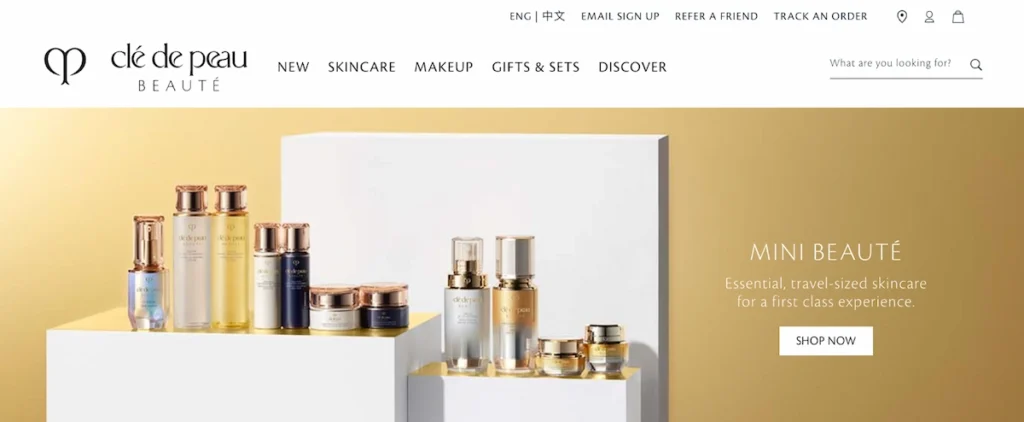
The brand is positioning itself at the forefront of premium skincare. In a recent article by Cosmetics Design, the Regional Brand Director, Nancy Thong, had this to say:
“Products with strong, science-backed innovation using premium ingredients, with testimony to both efficacy and quality are continually propelling the industry forward.”
She went on to say that this aligns with Clé de Peau Beauté’s strategy, putting the brand at the forefront of this new beauty marketing trend.
Why your brand should keep up with beauty marketing trends
The average American woman spends $3,756 annually on beauty products and services. That’s a pretty penny (excuse the pun). Interestingly, we’re also seeing an increase in the men’s personal care industry, which is forecast to reach a value of $276.9 billion by 2030.
But what makes people part with their hard-earned cash?
And more importantly, how can you convince them to spend that money on your products?
Cashing in on the latest and greatest beauty marketing trends is one way to do this.
After all, with the right strategy, you can get in front of your audience and showcase the value of your beauty products. You can also save time and money by avoiding short-lived trends that don’t align with your brand.
Next steps
The beauty market moves fast, so your marketing strategy needs to move even faster.
To keep up with the latest beauty marketing trends in a saturated market, your organization needs a streamlined review and approval process to sign off on artwork and packaging designs.
An online proofing platform is the missing piece of the puzzle. With a robust tool like Filestage, you can speed up beauty packaging review times, spot easy-to-miss design errors, and avoid being responsible for the next big fail in cosmetics advertising.
If you’re interested in maximizing the efficiency of your beauty packaging review process, start a free Filestage trial today.




